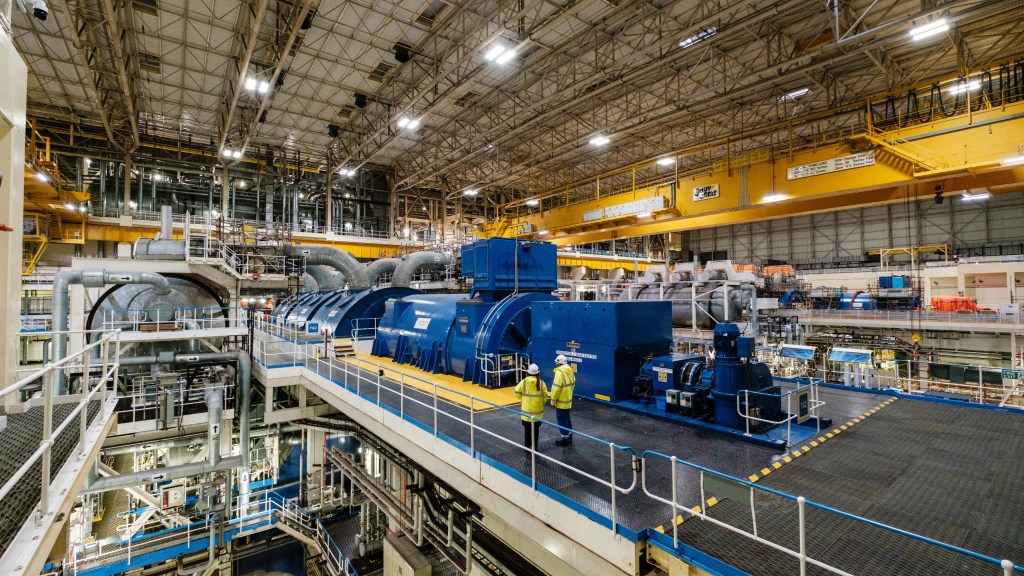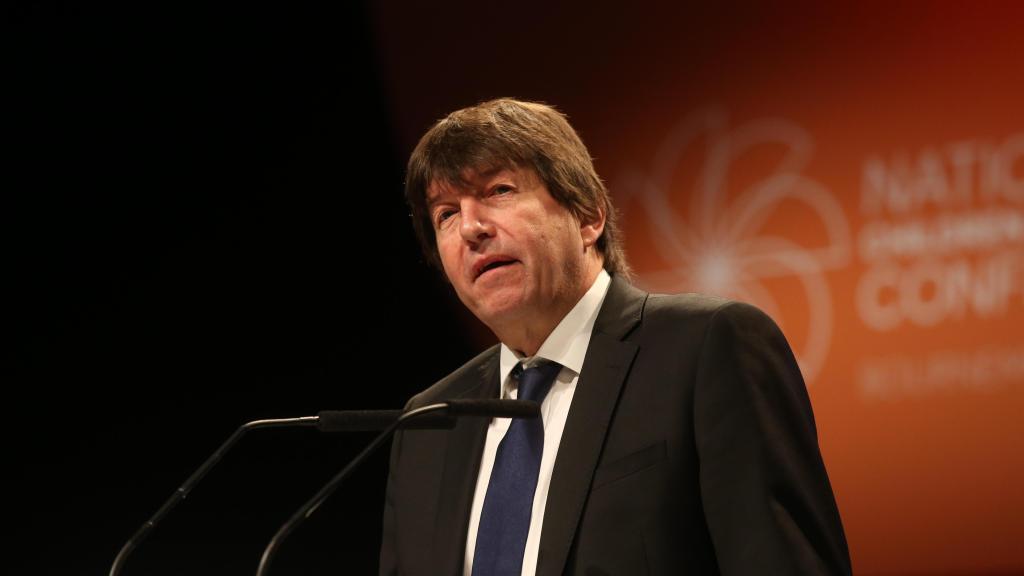Sizewell B Nuclear Plant Gains Importance Amid Power Supply Challenges
As a cold snap gripped Britain on a frosty November morning, gas-fired power plants surged in production, accounting for nearly half of the nation’s electricity supply. This spike in fossil fuel generation was partly due to less windy weather and insufficient energy storage capacity.
A contributing factor to this increased reliance on gas is the ongoing 47-day maintenance outage at Sizewell B, a nuclear power station in Suffolk responsible for about 3 percent of the UK’s electricity.
Proponents of nuclear energy argue that such scenarios highlight the critical role of nuclear power in providing reliable baseload energy to complement intermittent renewable sources.
Currently, nuclear power constitutes approximately 14 percent of the UK’s energy mix, down from about 25 percent in the late 1990s. Of the five operational nuclear plants—managed by EDF, the French state-backed energy group—only Sizewell B is expected to remain active by the end of this decade.
The nuclear sector’s revival efforts face significant hurdles, including project delays and rising expenses. Hinkley Point C, the first new nuclear facility constructed in Britain in over two decades, is currently up to six years behind schedule and billions over budget, while Sizewell B, which began operation in 1995, represents the last of a bygone era.
In light of these challenges, Sizewell B’s operators are petitioning EDF in Paris for a proposed 20-year extension of the plant’s operational life. Extending its service until 2055 is projected to involve an expenditure of around £700 million.
The plant has largely fixed operating costs and has pre-sold most of its expected power output for the next year. However, fluctuating power prices, driven by the pandemic and the repercussions of the Russian invasion of Ukraine, complicate the financial rationale for maintaining Sizewell B’s operations in the long term.
Tom Richley, strategic lead at Sizewell B, noted, «Five or ten years ago, the market conditions were quite stable, making it easier to project expenses and returns. Now, we face more uncertainty.»
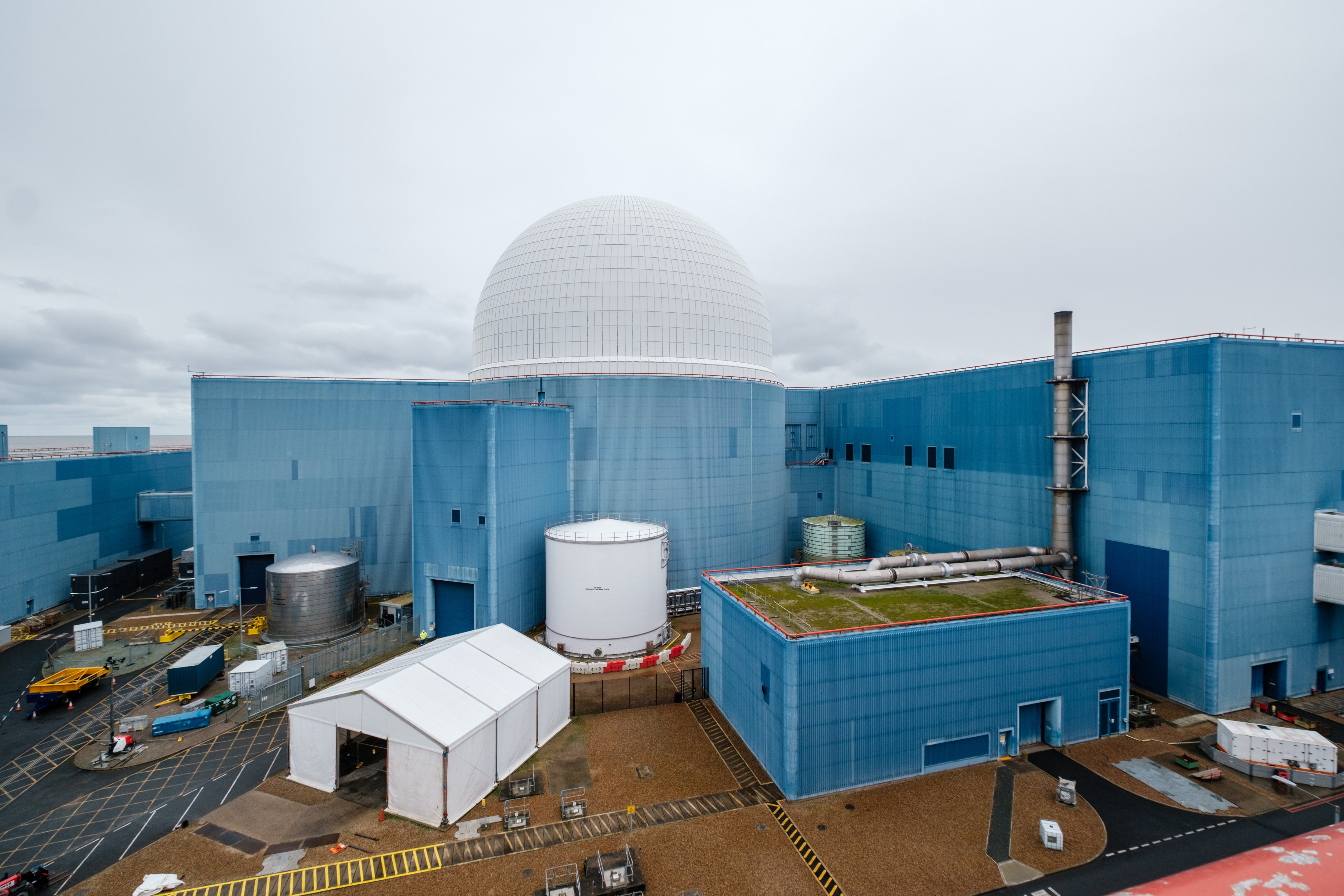
One potential solution for funding the necessary work is to self-finance, though anticipated revenue decreases from the UK nuclear fleet pose significant challenges. Another route would involve securing government support through a contracts-for-difference scheme, which ensures a minimum price for the plant’s electricity sales. However, discussions regarding CFDs have yet to commence, according to Richley.
The goal is to obtain approval in the coming year—ten years before the current defueling timeline—to reduce outage durations by implementing upgrades gradually.
Originally, a decision was expected this year; however, turbulent energy markets, indecision about extending the lives of the other four UK nuclear plants, and shifting priorities within EDF have delayed any conclusions.
EDF, which holds an 80 percent stake in Sizewell B, alongside Centrica’s 20 percent, is working to reduce its debt of nearly £45 billion. In the UK, the company is in negotiations with private investors to raise between £4 billion and £5 billion for the growing costs associated with completing Hinkley Point C.
Sizewell C is also in line for EDF investment, despite plans for the company to reduce its ownership stake in that project from 50 percent to around 20 percent.
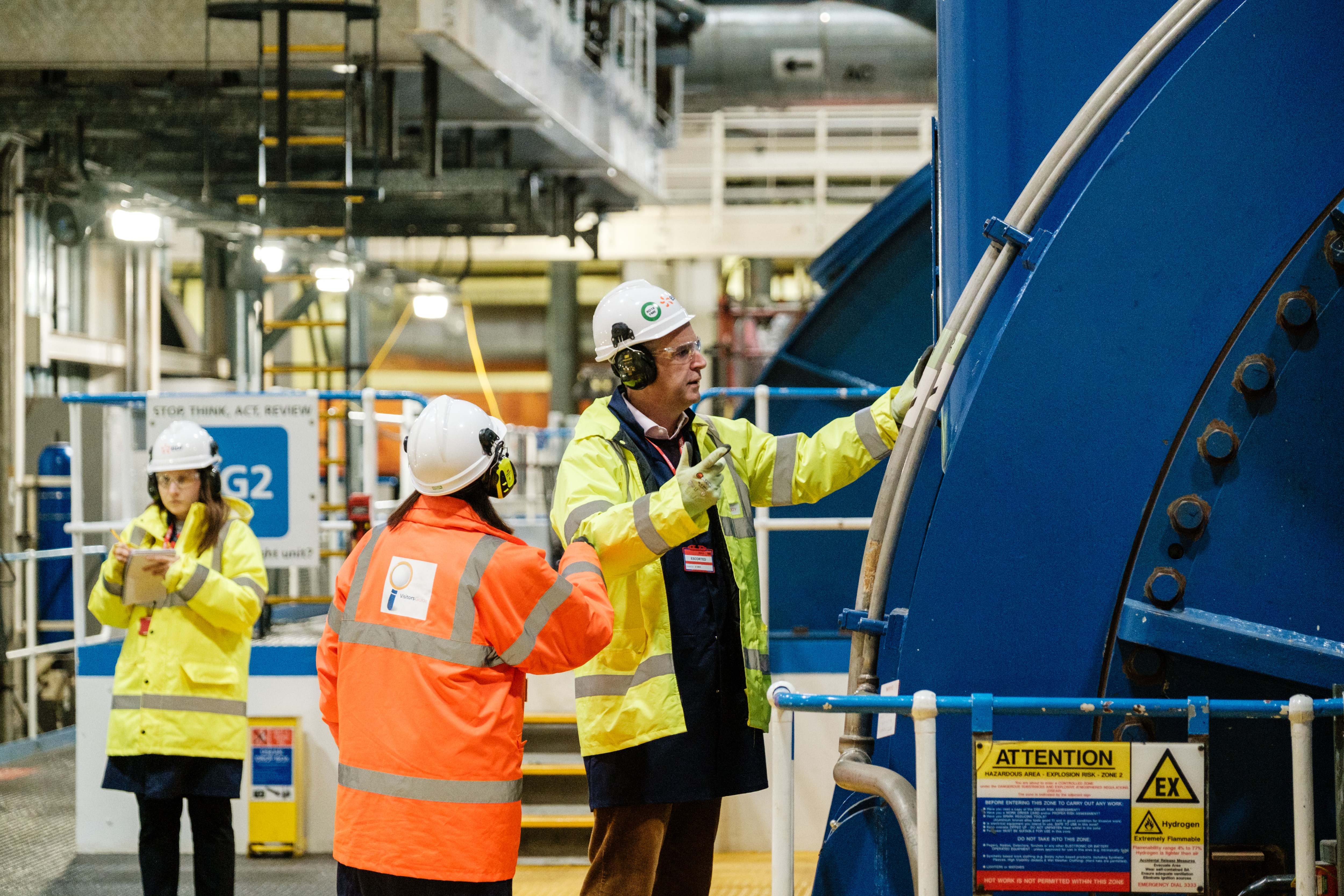
Adjacent to Sizewell B, preparatory work is already underway for the construction of Sizewell C, which could potentially provide power for approximately 3.2 million homes, pending approval. A final investment decision that was anticipated by year-end has now been postponed to spring.
Richley emphasizes that granting an extension for Sizewell B does not preclude the development of Sizewell C. He explains, «Gaining the necessary attention from our stakeholders is a bit more complex with the overlapping interests of Sizewell C, Hinkley C, and Sizewell B. However, the funding for these projects operates largely independently.»
From its early days, Sizewell B faced controversy similar to that currently surrounding the new plant proposed nearby. The project underwent a 340-day public inquiry in the early 1980s, the longest and most costly in the UK, ultimately concluding that the development was in the national interest.
Sizewell B followed the closure of Sizewell A in 2006 and was initially designed to be one of a total of six nuclear plants on the Suffolk coastline. However, an era of inexpensive gas emerging in the North Sea, viewed as a cleaner alternative to coal, impeded the expansion plans initiated after the privatization of the electricity industry in 1990.
With a 22-year gap between the commissioning of Sizewell B and the beginning of Hinkley construction, ensuring the «resources and expertise» necessary for extending operational life presents a significant issue, according to Richley. Nevertheless, the plant has secured commitments from six suppliers, some of whom were involved in its original construction.
Technically speaking, extending the life of Sizewell B should be manageable, according to Robert Gunn, the plant’s director. An assessment of the station’s systems has identified the components needing replacement, all of which will utilize equivalent technology and require approval from the nuclear regulator.
In the U.S., two identically designed nuclear facilities—Wolf Creek and Callaway—have been granted license extensions from 40 to 60 years, establishing a precedent for Sizewell B.
Gunn stated, «If we maintain the plant as we have thus far, there is no reason it cannot surpass 60 years of operation.»
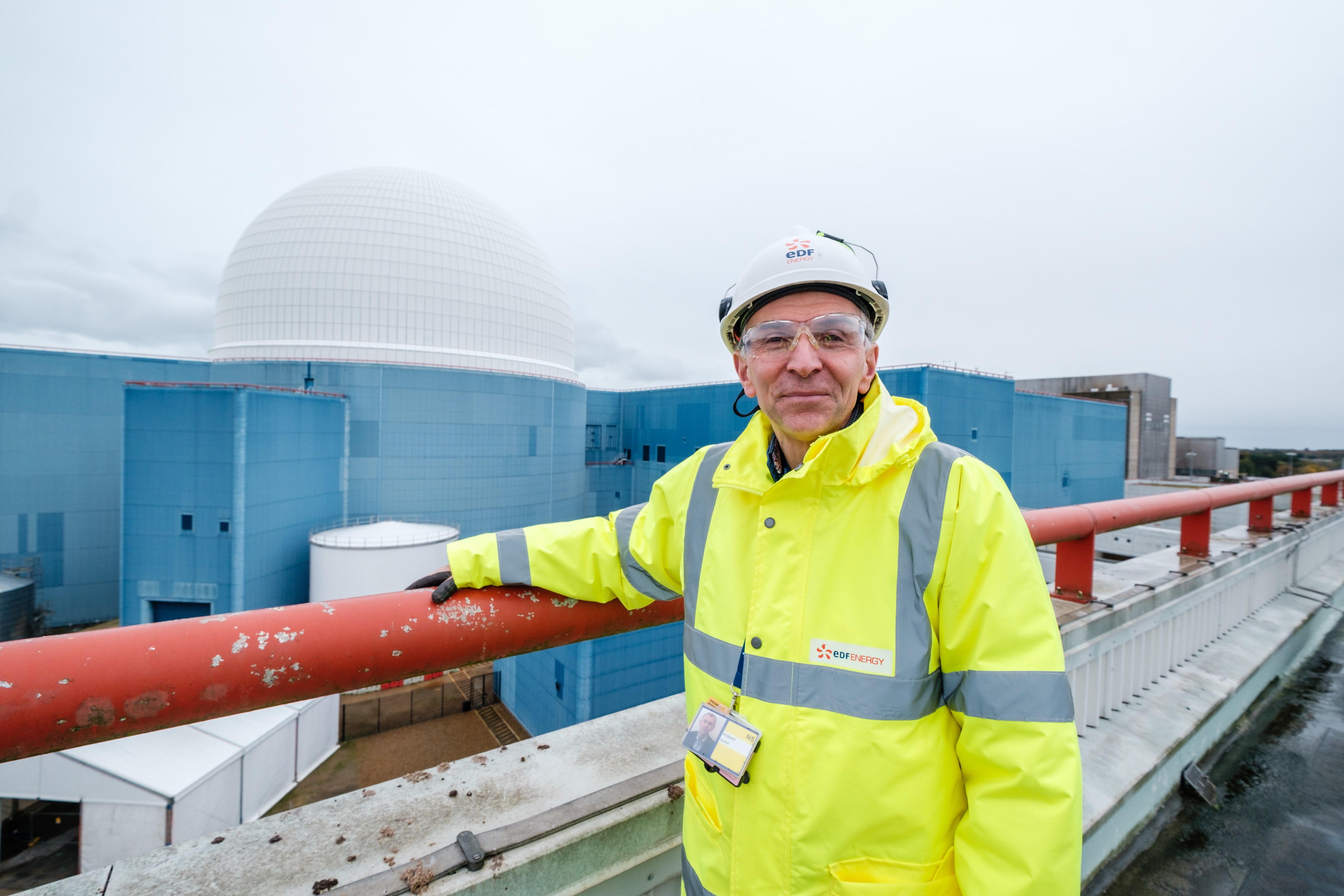
The necessary grid connections are already established and will suffice for an additional 20 years of power transmission from the plant. However, assessments continue to determine if additional pylons are required to handle the increased electricity output if Sizewell C moves forward.
Essentially, the life-extension initiative is expected to be a scaled-up version of the routine maintenance conducted every 18 months at Sizewell B. A notable task will involve refurbishing the rotors of the two steam turbines, which reach around 3,000 revolutions per minute at peak operation, along with standard refueling and safety inspections. The plant is scheduled to be fully operational and supplying electricity to the grid later this week.
While the previous government aimed to quadruple the UK’s nuclear capacity to about 24 GW by 2050, Labour has yet to set any similar targets, instead prioritizing clean energy initiatives in its energy policy.
Richley summed up the industry perspective, stating, «From our viewpoint, it’s quite straightforward. We need a mix of renewables—wind, solar, and battery storage—alongside a consistent energy source. The question is whether that source will come from gas or from nuclear, which offers a carbon-free alternative.»
